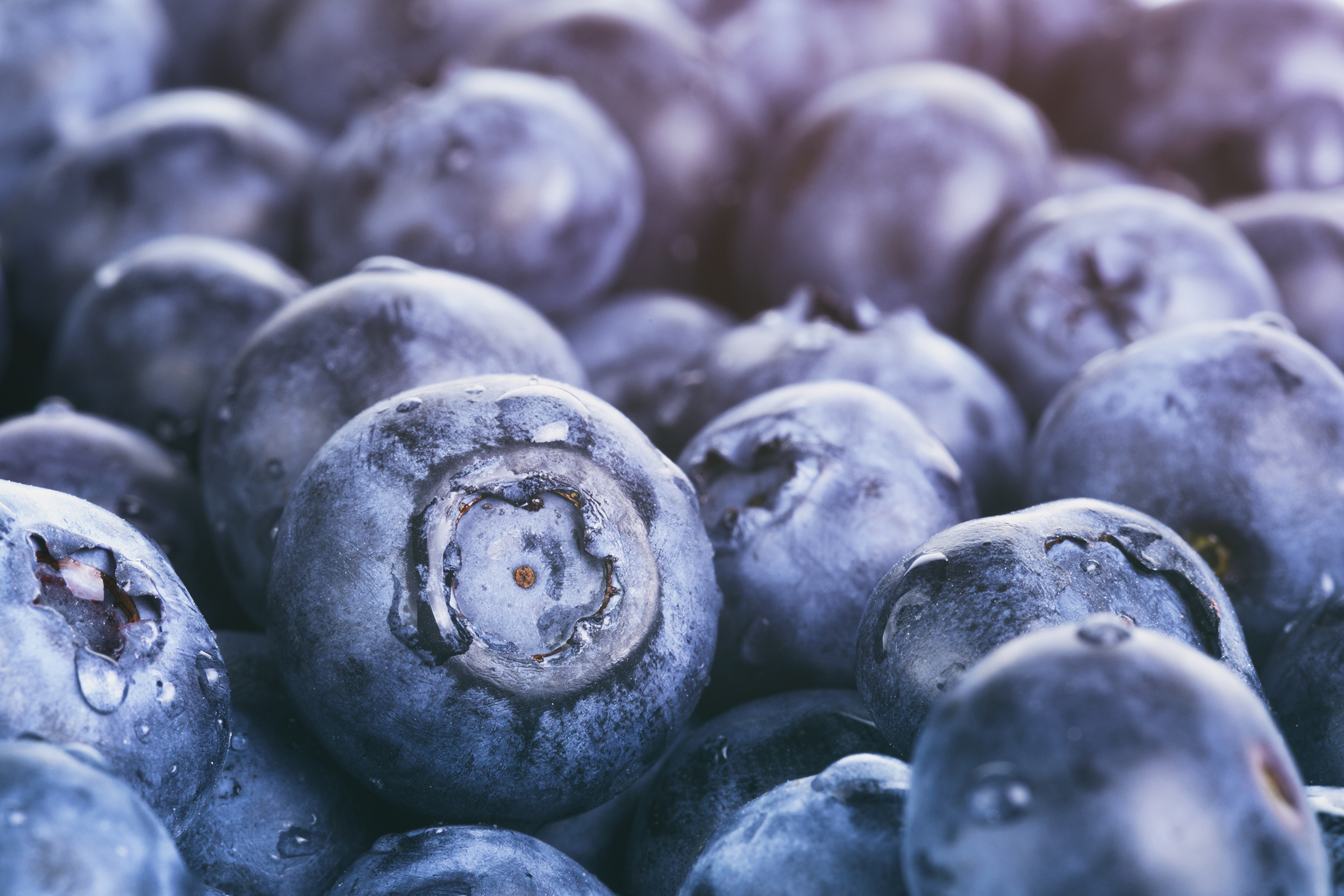Agronometrics in Charts: Vastly different prospects await Northern and Southern Florida blueberries this season
In this installment of the ‘Agronometrics In Charts’ series, Sarah Ilyas studies the state of the Florida blueberry season. Each week the series looks at a different horticultural commodity, focusing on a specific origin or topic visualizing the market factors that are driving change.
The Florida blueberry season is in full swing from the beginning of March through early May. Over the past 20 years, the state’s blueberry industry has grown quickly, with over 5,200 acres of land dedicated to growing the berries. Florida ranks eighth in the country in terms of blueberry production and has the first U.S.- produced blueberries to reach the domestic market. Most Florida-grown blueberries come from Hendry, Alachua and Putnam Counties as well as a few counties in the Panhandle.
Blueberry harvests are only days away for some growers in Florida. Location will determine when producers will start harvesting fruit, believes Doug Phillips, University of Florida Institute of Food and Agricultural Sciences (UF/IFAS) blueberry Extension coordinator. “Some places will start picking in early March, depending on the location. Some of the South Florida farms that didn’t have a lot of (Hurricane Ian) damage, they’re typically earlier of course compared to the rest of the state,” Phillips said.
 Source: USDA Market News via Agronometrics.
Source: USDA Market News via Agronometrics.
(Agronometrics users can view this chart with live updates here)
Blueberry ripening has been hastened by the warm temperatures recorded in recent weeks. “With these warm temperatures we’ve got, it’s pushing things along at a pretty good pace. I would say previously, growers thought maybe they were a week and a half to two weeks behind the typical season. But I think with these warm mid-to-upper 80s temperatures that we’re getting, it’s pushed things along pretty nicely. It depends on the continuation of the warm temperatures. Of course, in South Florida (Hardee, DeSoto and Highlands counties), things may be a little later than normal just because of some of the hurricane damage that was there. But I’m seeing a lot of green fruit on a lot of varieties now. I think it’s going to be a really good season just looking at the blooms we had and the fruit I see now. I’m hoping it’ll end up being a relatively typical season timing wise, with the warm temperatures that we’re getting now,” Phillips said.
On the other hand of the spectrum, David Zierden, Florida State Climatologist at the Florida Climate Center at Florida State University warns that the high temperatures especially in Northern Florida could be worrying. “We are likely to get near or record-breaking temperatures in some areas of the state,” Florida has been in a warming trend for the last 10 or 15 years, says Zierden, so these unseasonable temperatures in February follow that trend. Florida experienced its fifth warmest year in 2022, according to NOAA. Zierden expressed concern that the state could see negative consequences in coming months because of these high temperatures.
“We’re in the middle of the Florida dry season, but we’ve been running drier than normal, we’ve had little precipitation, and little is coming,” he said. The lack of rainfall can accelerate the outset of drought. According to the most recent report from the U.S. Drought Monitor, North Florida and a section of Southwest Florida are experiencing moderate drought. In conjunction with abnormally high temperatures, a dry season can dehydrate plants and cause wildfires. A continuation of below-average precipitation is anticipated over the following few months. The state got an abundance of rainfall during the 2022 hurricane season, which has thus far prevented a more severe drought. “Hydrologically speaking the state is not in bad shape. But we are going through a hot, dry winter, so if the summer rainy season was to be less than robust, we could start to see some problems,” Zierden said.
Inflation along the production chain is one of the most significant obstacles facing Florida’s blueberry farmers. “Labor rates have increased by 16%, for our harvesting crews on top of a 50% increase in fertilizer costs, so our costs continue to go up and with consumers having less buying potential at higher prices, our margins are getting pressed,” says Michael Hill, Co-founder, and CEO of H&M Farms.
The executive agrees that the sector is in a difficult position and feels that in order to grow demand and enhance their margins, they must ensure that local customers have access to high-quality fruit. In the past two years, production expenses have climbed by 40 percent, while sales prices have remained the same or even decreased due to an increase in volume from Mexico and Peru. All things considered, Florida is expected to produce around 20 million pounds over the peak six- to eight-week period. This is a similar volume compared to last year, however, since so many new varieties are being planted, the current volume will consist of better genetic fruit.
 Source: USDA Market News via Agronometrics.
Source: USDA Market News via Agronometrics.
(Agronometrics users can view this chart with live updates here)
In our ‘In Charts’ series, we work to tell some of the stories that are moving the industry. Feel free to take a look at the other articles by clicking here.
All pricing for domestic US produce represents the spot market at Shipping Point (i.e. packing house/climate controlled warehouse, etc.). For imported fruit, the pricing data represents the spot market at Port of Entry.
You can keep track of the markets daily through Agronometrics, a data visualization tool built to help the industry make sense of the huge amounts of data that professionals need to access to make informed decisions. If you found the information and the charts from this article useful, feel free to visit us at www.agronometrics.com where you can easily access these same graphs, or explore the other 21 commodities we currently track.
02/03/2023





